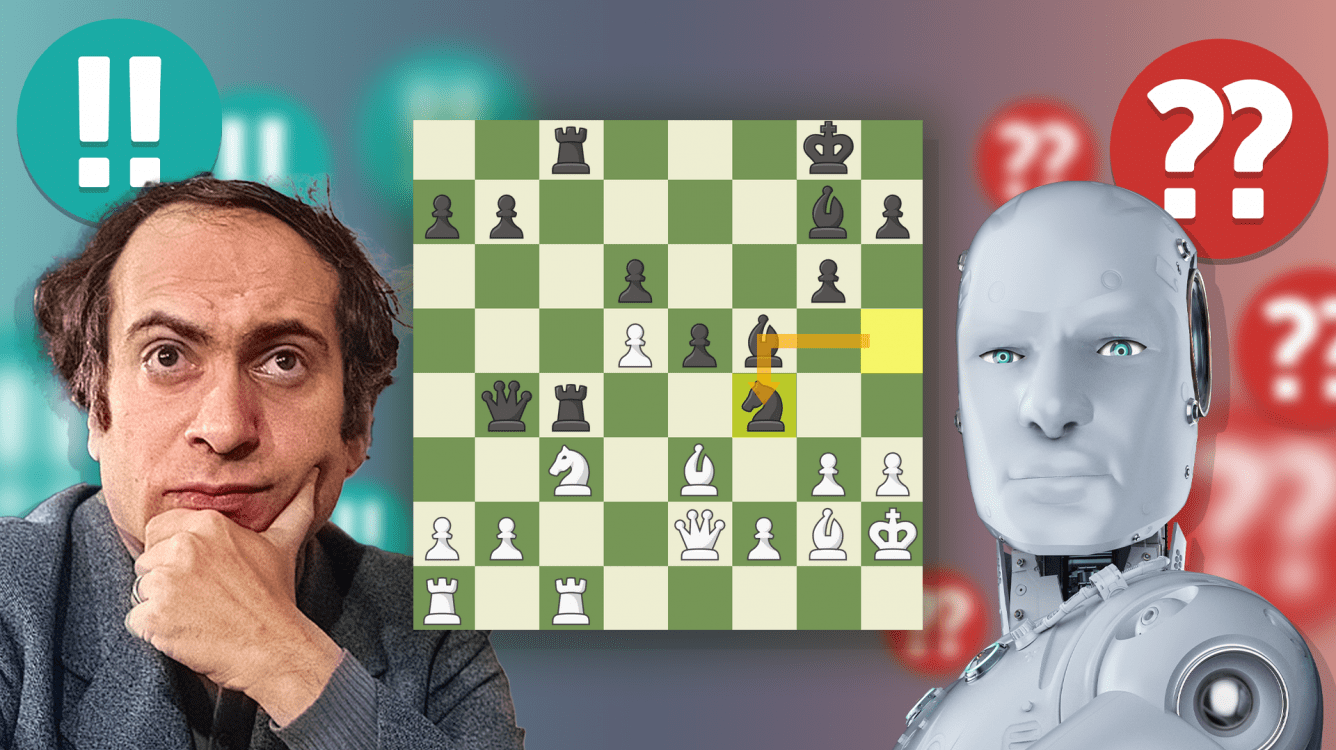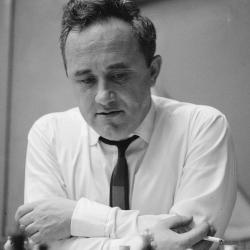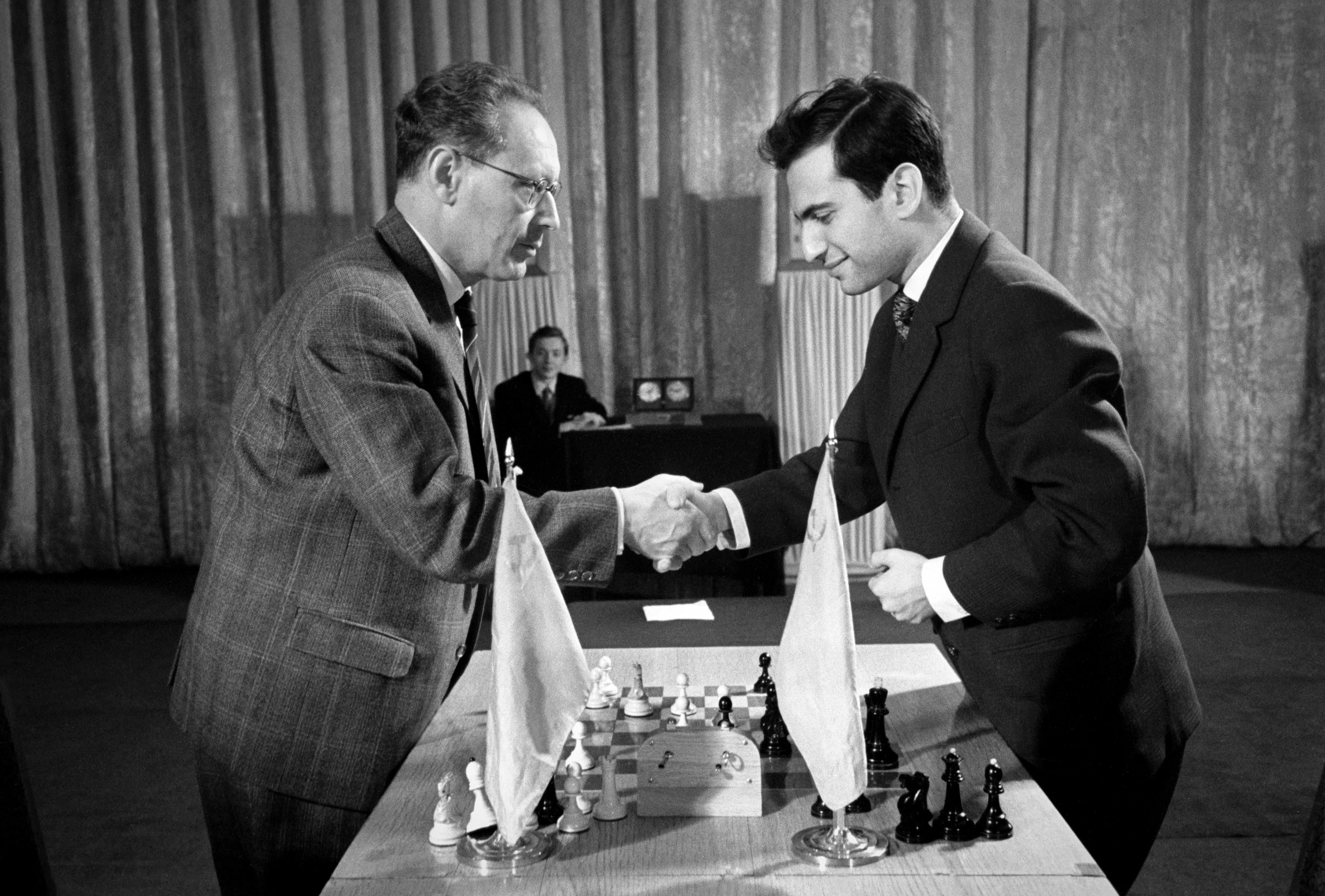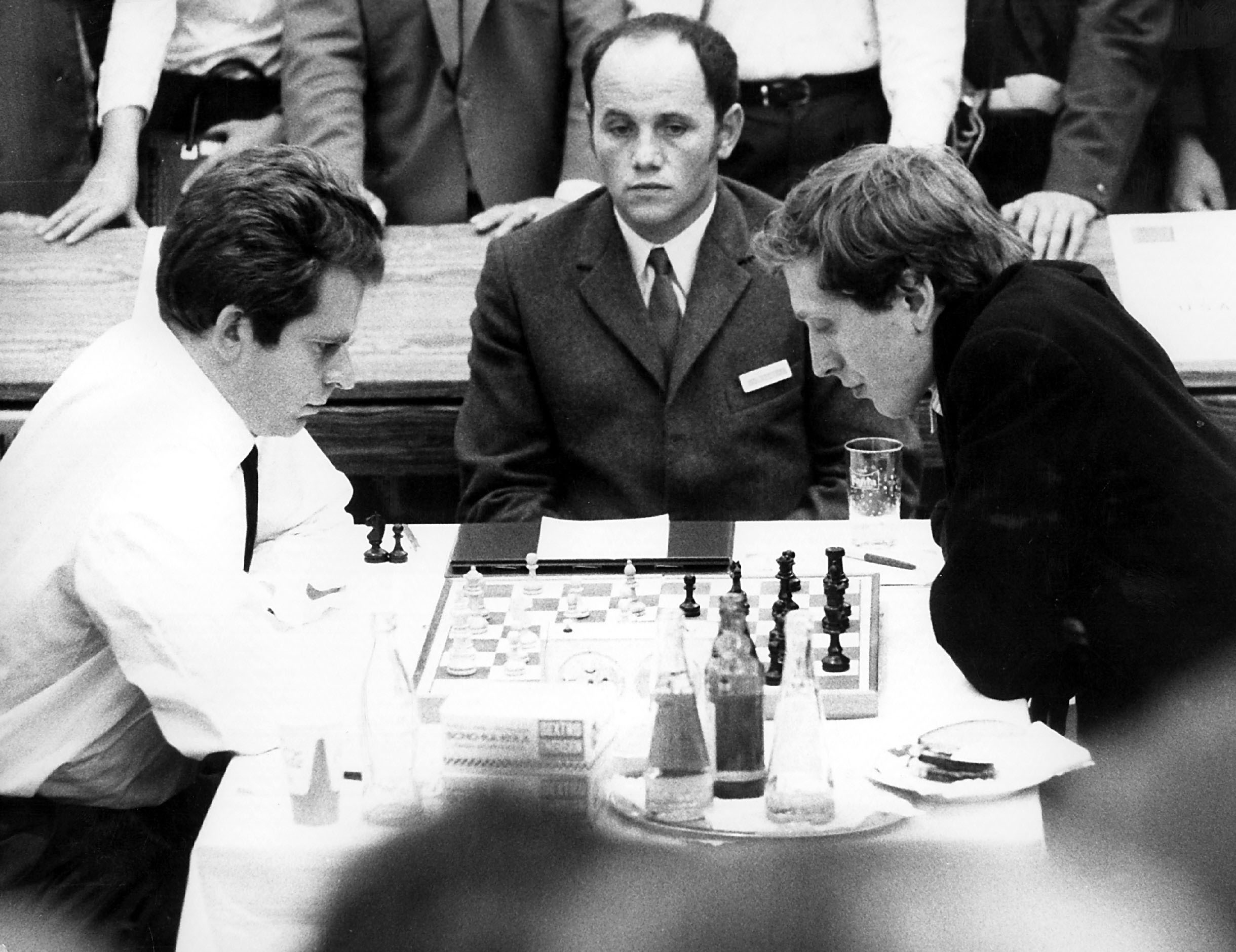
5 Chess Brilliancies That Stockfish Hates
Every player with internet access now has a 3500-rated-plus assistant for analysis. Switch on "Infinite Analysis," go to the kitchen, make yourself a cup of coffee, return, and voila: decades of analysis at your fingertips.
Games of the not-so-distant past did not have this luxury, and even today your average reader might find mistakes in older chess books. Some games have even gone down in history as masterpieces, only to be shredded to pieces by today's engines.
Despite the "objective" merits of the following games, they still deserve the reputations they earned for their creativity and, at times, audacity. I recommend readers first click through the game "cold" without looking at the analysis. Then, take a look at my notes to see a more truthful picture.
- Estrin-Berliner 1965
- Geller-Euwe 1953
- Fox-Bauer 1900
- Botvinnik-Tal 1960
- Pillsbury-Lasker 1895/96
- Bonus: Spassky-Fischer 1972
Estrin-Berliner 1965
The first example, Yakov Estrin vs. Hans Berliner 1965, has been exalted as the greatest correspondence chess game ever. Played in the Fifth World Correspondence Chess Championship, the second player ultimately won.
Google the game and you can find many claiming it to be one of or the best game ever. Indeed, it is the first game in GM Andy Soltis' book The 100 Best Chess Games of the 20th Century. Several points are praised by NM Sam Copeland in this blog post, although he acknowledges that there were some very real mistakes. While portions of the game are astounding after White gave Black a winning position after 15.Be2??, they would not have been possible without cooperation by the first player. The same line does not score so well for Black now despite this success in the pre-computer era.
Geller-Euwe 1953
The following game between GM Efim Geller and former world champion Max Euwe is taken from one of the strongest and most famous tournaments in history, Zurich 1953, largely popularized by GM David Bronstein and GM Miguel Najdorf's books on the event. The game, which first seems like a defensive masterpiece, has some flaws, and the flashy move 22...Rh8? (you can find "!!" attached to it in online forums) could have thrown the win away.

Fox-Bauer 1900
The following example, with the unforgettable 18.Qxg6!!, looks flat-out awesome when you click through it for the first time (please do). However, besides the fact that the flashy 17.Ndc4?? doesn't even work, there has been speculation as to whether A.W. Fox existed or whether this game was ever genuinely played.
Botvinnik-Tal 1960
Readers should certainly expect a game by former world champion Mikhail Tal to make it into this article. While his play was not sound in the scientific sense, the greatest players in the world succumbed to his daring, challenging, and hyper-aggressive style of play.
The following game immediately became one of my favorites once I read it in his book about the Tal-Botvinnik 1960 World Championship Match that he won. Likely the most famous move of the match, 21...Nf4 in game six is nothing short of legendary.

Unlike some of the other examples in this article, nobody—including Tal—pretended that this move is an irrefutable sacrifice, but I include it to expose more readers to this great game and add notes that are not in Tal's book, written many, many decades ago.
With the best play, White should achieve a much-better-to-winning position, but keep in mind that he was playing a person with feelings and fears, not a 3700-rated silicon monster.
Pillsbury-Lasker 1895/96
The second world champion Emanuel Lasker called this game against Harry Pillsbury "the best I ever played" after he was "able to ward off a furious attack and then succeed in carrying my own counterattack through" (quoted here). He admitted to making some mistakes due to tiredness and time pressure.

Brilliant games are not produced without mistakes by the other side (as I write this, I think of Kasparov's immortal 24.Rxd4!!?? against Topalov in 1999), but this attack certainly needed a bit of help from Caissa to work at all and ultimately survive in the great book of time.
Spassky-Fischer 1972
The last example is special and is, in many ways, the antithesis of this article's topic. But I wanted to use this opportunity to set the record straight about a widespread misconception.
World Champion Bobby Fischer's infamous 29...Bxh2!? against then-reigning World Champion Boris Spassky in game one of the 1972 World Championship Match was not a blunder. Although many people still reference this game when teaching beginners about piece-traps, or casually reference similar moves as "pulling a Bobby Fischer," the move in itself is not losing and could have led to a draw with the best play.

The real mistake occurred on 39...f5??, a detail that has been overlooked and not talked about as much, and I hope our dear readers may better appreciate the creativity behind Fischer's piece sacrifice after reading my notes.
I hope this article helps shed greater insight into some of the most exciting chess games out there. I also hope that the mistakes annotated above do not take away from the brilliance of these players and games because chess is played between two people on a board with a clock, and not in a laboratory.
Happy reading and please share any examples that are relevant to the topic in the comments below.




